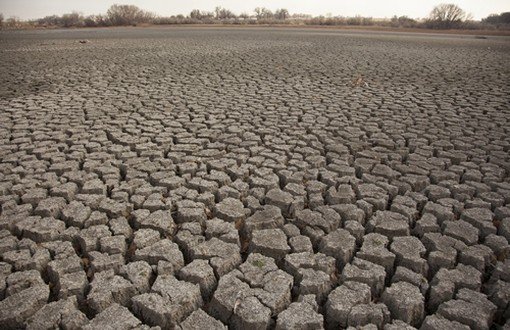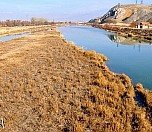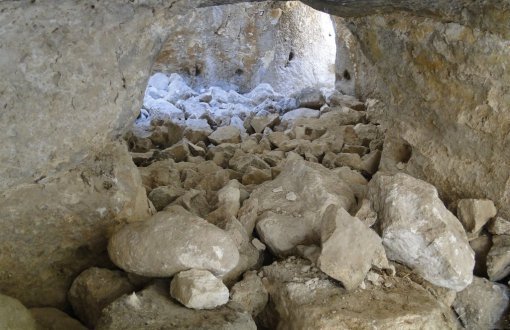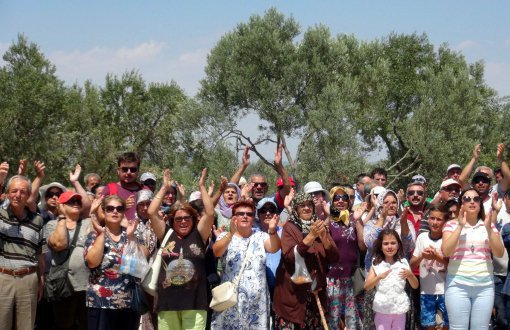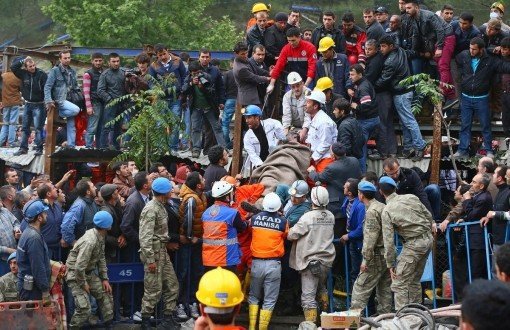Eyes turned toward “Turkey’s granary” after Forestry and Water Affairs Minister Veysel Eroğlu declared that hydrological drought had begun in Konya Closed Basin.
Known as a wheat silo for its role in Turkey’s grain production, Konya Closed Basin is ecologically one of the 200 most important areas in the world.
65 percent of Konya has dried out
65 percent of the region’s wetlands have dried out in the past 50 years, according to the World Wide Fund for Nature (WWF) Turkey branch and ETİ Burçak Cookie Company’s research in Konya basin.
Konya closed basin is going through a severe water shortage due to its disappearing wetlands and unregulated water wells. However, despite that, investors want to build a thermal power plant is Karapınar district.
And now it is going through a hydrological drought due to decreasing rainfall throughout the country that further decreases its surface and ground water.
Former General Directorate of State Hydraulic Works (DSİ) Director Dursun Yıldız and Agricultural Engineers Chamber Konya Branch Head Celil Çalış reminded the public that groundwater decreases by 3 meters every year in already water-poor Konya basin, and called attention to the gravity of the hydrological drought in Konya.
Illegal wells must be inspected
Celil Çalış stated that illegal underground wells must be used in a balanced manner under government supervision as a precaution against hydrological drought.
"Konya province experienced meteorological drought out of the three kinds of drought, despite June rains. It experienced agricultural drought quite clearly as well in the absence of the March-April-May rains necessary for grains.
"And currently we are going through hydrological drought due to the decrease in water reserves. The rain in neighboring Isparta province does not affect Konya, since the latter is a closed basin. So it cannot balance its water needs if it does not get 2.5 cubic meters of rain. Water from the 66,000 illegal wells needs to be used in a balanced manner under government supervision. 400 million cubic meters of water will be brought from another basin, but this isn’t enough either. Farmers need product support so that they do not plant another product that demands water because it’s profitable."
Three kinds of drought | |
|
Already 10 billion cubic meters of water deficit
Dursun Yıldız pointed out that water-poor Konya basin already needs water to be carried from other places.
"Konya is a water-poor region. The amount of water the closed basin needs is 15 billion cubic meters but usable water sources add up to only 5 billion cubic meters. So there’s already a water deficit of 10 billion cubic meters. Moreover, 35 percent of the rainfall to the basin happens during the plant cultivation period. Hydrological drought in such a region can do much more damage.
Thermal plant would burden Konya
Stating that there is a thermal power plant project underway for Konya despite the water shortage, Yıldız said, "Konya must primarily be used for agricultural production, and the pressure over the region must not be increased with a thermal plant that would increase water consumption.”
The plan in question entails building a thermal plant in Konya Karapınar that would produce 5,870 MW of electrical energy in 30 years. "The plant would use up the region’s groundwater, which is a gene pool in itself,” Turkey’s Foundation for Combating Soil Erosion (TEMA) had warned. (NV/PU)
Another half will dry out in the next 50 years | |
|
* Click here to read the artikle in Turkish.





